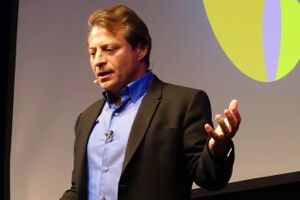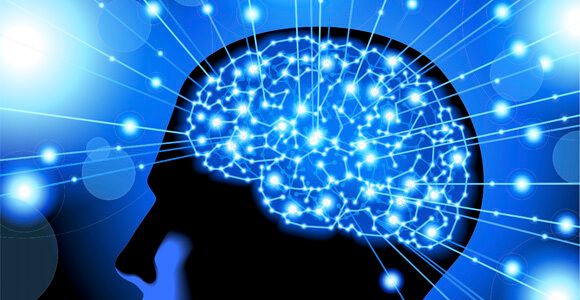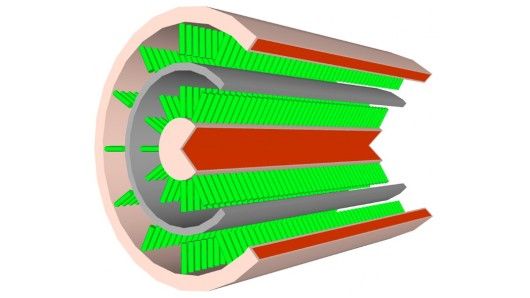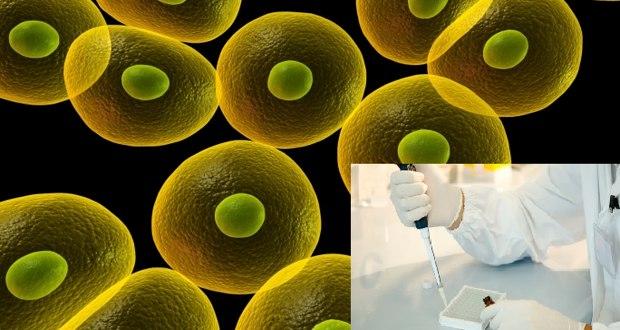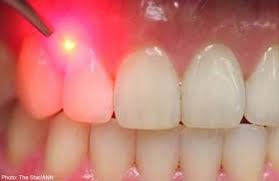A Look Behind The FBI’s Cyber Most Wanted List http://www.forbes.com/sites/frontline/2014/06/18/a-look-behi…nted-list/
Singapore Billionaire Bets Big on Energy in Africa, Asia http://www.bloomberg.com/news/2014-06-19/singapore-b…-asia.html
Oracle Sales, Profit Miss Analysts’ Estimates http://www.bloomberg.com/news/2014-06-19/oracle-sale…mates.html
Predictive data, the real workhorse behind the Internet of Things http://www.computerworld.com/s/article/9248891/Predictive_da…geNumber=1
Amid Stratospheric Valuations, Google Unearths a Deal With Skybox http://online.wsj.com/articles/amid-stratospheric-valuations…1402864823
In Single Gene, a Path to Fight Heart Attacks http://www.nytimes.com/2014/06/19/health/scientists-identify…e&_r=0
A Helicopter of One’s Own http://www.nytimes.com/2014/06/17/science/a-helicopter-of-ones-own.html
AT&T and Udacity Create Online ‘NanoDegree’ Program http://bits.blogs.nytimes.com/2014/06/18/daily-report-att-an…e-program/
Mercedes Debuts its Newest Supercar Engine http://www.engineering.com/DesignerEdge/DesignerEdgeArticles…ngine.aspx
MakerBot and TechShop Join GE’s Collaborative Innovation Strategy http://www.engineering.com/3DPrinting/3DPrintingArticles/Art…ategy.aspx
Justices limit patents on software technology http://money.cnn.com/2014/06/19/technology/supreme-court-sof…index.html
Twitter wants to be your TV companion http://money.cnn.com/2014/06/19/technology/social/twitter-snappytv/index.html

